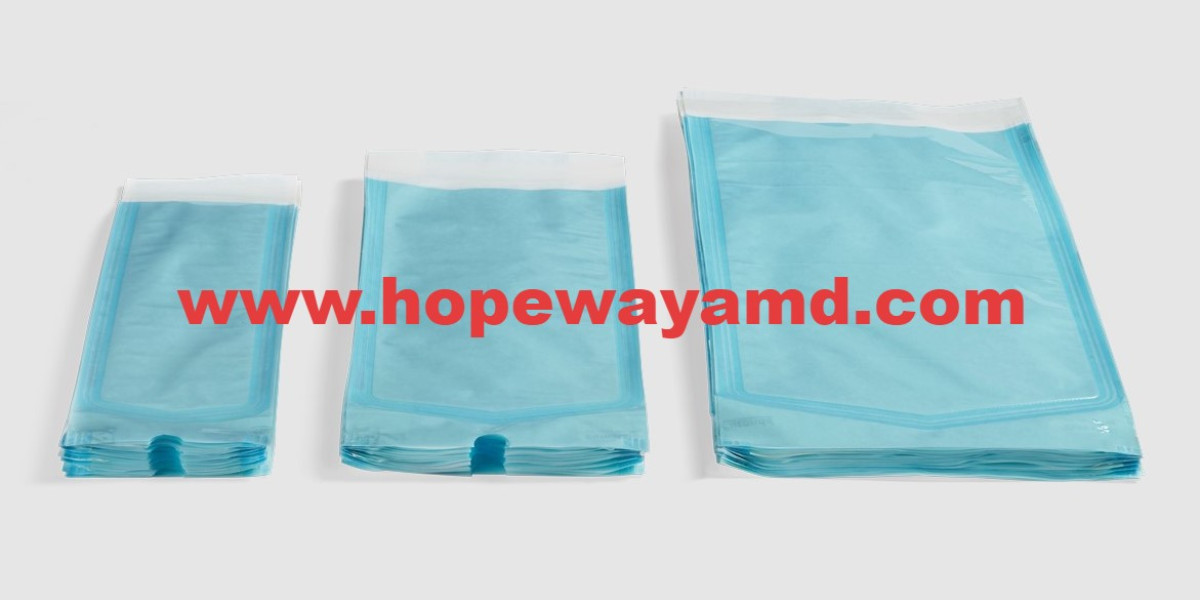Demigallardo13 Profile
**Potential Risks of Using a New/Unfamiliar Drug**
| Category | What It Is | Why It Can Be Dangerous |
|----------|------------|------------------------|
| **Health & Safety** | • Physical side‑effects (nausea, dizziness, respiratory depression)
• Overdose / toxic levels
• Interactions with other meds or alcohol
• Long‑term organ damage (liver, kidneys, heart) | • The drug may have a narrow therapeutic window.
• Unknown potency means you could take too much or too little. |
| **Legal & Regulatory** | • Possibility of it being illegal, controlled, or not approved for use in your country
• Import/export restrictions | • You risk arrest, fines, seizure of the substance.
• Violations can lead to criminal records. |
| **Supply Chain Risks** | • Unverified source; counterfeit or contaminated product
• Inconsistent dosage or purity | • Adverse health effects from impurities.
• Loss of money on a worthless or harmful batch. |
| **Ethical & Social** | • Impact on communities that may depend on the supply chain (e.g., illicit drug trade)
• Potential harm to users if misused | • Contributing to broader societal problems like addiction, crime, and exploitation. |
---
## 4. How the Decision‑Making Process Should Work
| Step | Action | Who? | Tools / Documentation |
|------|--------|------|-----------------------|
| **1. Identify Need** | Determine why you need a chemical (research, manufacturing). | All stakeholders | Project charter or brief |
| **2. Gather Requirements** | List purity, quantity, cost limits, regulatory constraints, timeline. | Scientists/Engineers + Procurement | Requirement specification sheet |
| **3. Search & anabolic steroids short term effects‑list Suppliers** | Use market research: industry directories, trade shows, online catalogs. | Procurement | Supplier database, RFQ templates |
| **4. Request Information** | Send RFPs to shortlisted suppliers for technical data, price, lead time, compliance certificates. | Procurement + Technical team | RFP document |
| **5. Evaluate Responses** | Score suppliers on quality, cost, reliability, delivery, support, sustainability. | Cross‑functional committee | Evaluation matrix |
| **6. Perform Due Diligence** | Verify supplier’s production capacity, financial health, regulatory compliance. | Procurement + Legal | Supplier audit checklist |
| **7. Negotiate Terms** | Finalize price, payment terms, warranties, penalties for delays. | Procurement & Finance | Negotiation notes |
| **8. Issue Purchase Order** | Formal PO with agreed specifications and conditions. | Procurement | PO document |
| **9. Monitor Delivery** | Track shipment, inspect upon receipt, resolve discrepancies. | Operations | Delivery log |
| **10. Evaluate Supplier Performance** | Periodic reviews, feedback to improve quality and service. | Procurement & Quality Assurance | Performance report |
---
### 3. Example: Building a "Low‑Carbon" Product Portfolio
#### Step‑by‑Step Process
| Phase | Action | Responsible | Key Output |
|-------|--------|-------------|------------|
| **1. Vision & Goals** | Define what "low‑carbon" means (e.g., < 30 % CO₂e from production). | Leadership team | Carbon target statement |
| **2. Portfolio Audit** | Map existing products against carbon footprint, material use, end‑of‑life options. | Product Management + Sustainability Analyst | Heat‑map of high‑impact items |
| **3. Opportunity Identification** | Prioritize product categories for redesign (e.g., packaging, material substitution). | R&D, Procurement | List of candidate projects |
| **4. Feasibility Analysis** | Perform life‑cycle cost and carbon assessment on alternatives. | Engineering + Finance | Decision matrix |
| **5. Prototype & Test** | Build prototypes with alternative materials; test performance. | R&D + Quality Assurance | Test reports |
| **6. Scale‑Up & Launch** | Update supply chain, train staff, launch marketing. | Operations + Marketing | Go‑to‑market plan |
| **7. Monitor & Iterate** | Track key metrics (cost, carbon reduction, consumer feedback). | Sustainability Office | KPI dashboard |
---
### 3. Real‑World Examples
| Company | Initiative | What They Did | Result |
|---------|------------|---------------|--------|
| **Patagonia** | *Worn Wear* program | Encourages repair, resale of used gear. | Reduces demand for new products; fosters brand loyalty. |
| **IKEA** | "Circular Kitchen" pilot | 3‑year test to recycle kitchen components. | Demonstrated feasibility of component recycling at scale. |
| **Levi’s** | Water
| **Philips** | "Pay‑per‑Use" lighting | Customers pay monthly for light service; Philips retains bulbs. | Increases bulb lifespan and reduces waste. |
---
## 4️⃣ Design Recommendations
| Stage | Suggested Actions | Rationale |
|-------|-------------------|-----------|
| **Concept & Materials** | • Use recycled or bio‑based polymers (e.g., PLA, bioplastic blends).
• Design for disassembly; separate functional modules. | Minimizes virgin resource use and eases recycling. |
| **Manufacturing** | • Adopt additive manufacturing where possible to reduce material waste.
• Localize production to cut transportation emissions. | Reduces overall carbon footprint and supports circularity. |
| **Product Use** | • Provide clear user instructions on cleaning, disassembly for maintenance.
• Offer firmware/software updates to extend product life. | Encourages longer use cycles and reduces waste. |
| **End‑of‑Life (EoL)** | • Implement take‑back or mail‑in programs.
• Ensure components are sorted into appropriate streams (recyclable, compostable). | Facilitates material recovery and lowers landfill burden. |
---
## 4. Summary of Key Recommendations
| Area | Recommendation |
|------|----------------|
| **Product Design** | Use modular architecture; prioritize recyclable materials; design for easy disassembly. |
| **Lifecycle Management** | Extend product lifespan through updates, repair services, and part replacement. |
| **Take‑Back & Recovery** | Set up a convenient take‑back program; partner with recycling facilities to ensure proper processing. |
| **Customer Engagement** | Educate users on how to properly dispose of each component; provide clear labeling and instructions. |
| **Regulatory Compliance** | Stay ahead of upcoming EU regulations (e.g., Circular Economy Action Plan, Waste Electrical & Electronic Equipment Directive). |
---
## 4️⃣ 5‑Step Implementation Plan for a New Product Launch
Below is a concise, actionable roadmap you can adapt to any product launch:
| Step | Goal | Key Actions |
|------|------|-------------|
| **1. Design‑Stage Assessment** | Ensure the product can be disassembled and recycled easily. | • Adopt modular architecture.
• Use single‑material components where possible.
• Avoid hazardous chemicals (e.g., RoHS). |
| **2. Supply‑Chain Alignment** | Secure suppliers that comply with sustainability standards. | • Issue Sustainability Requirements to vendors.
• Verify certifications (ISO 14001, FSC, etc.).
• Conduct audits if needed. |
| **3. Production & Packaging** | Minimize waste and use recyclable packaging. | • Implement lean manufacturing.
• Use biodegradable or recyclable packaging materials.
• Optimize logistics to reduce carbon footprint. |
| **4. Marketing & Labeling** | Communicate environmental credentials transparently. | • Include CE, REACH, RoHS logos on product.
• Provide clear instructions for end‑of‑life disposal/recycling.
• Avoid greenwashing claims not backed by evidence. |
| **5. After‑Sales Support** | Facilitate repairability and responsible disposal. | • Offer spare parts or service centers.
• Provide take‑back or recycling programs.
• Maintain documentation for future repairs. |
---
## 4. Key Take‑Away
- **CE marking** is mandatory in the EU; it indicates conformity with health, safety, and environmental protection standards (e.g., REACH, RoHS).
- **RoHS/REACH compliance** reduces hazardous substances, protecting workers, consumers, and the environment.
- **Compliance must be documented** (technical file, declaration of conformity) and is legally required for sale or import into the EU.
- **Non‑compliance risks** include fines, product recalls, market bans, and reputational damage.
---
### Final Note
For every new product line, ensure you have:
1. A **risk assessment** identifying all applicable directives.
2. An **engineering design** that meets those directives.
3. The necessary **documentation** (technical file, declarations).
By maintaining this compliance framework, you can safely bring your products to market and avoid costly legal or regulatory setbacks.
---
Let me know if you’d like help drafting a specific declaration of conformity or any other compliance document!







